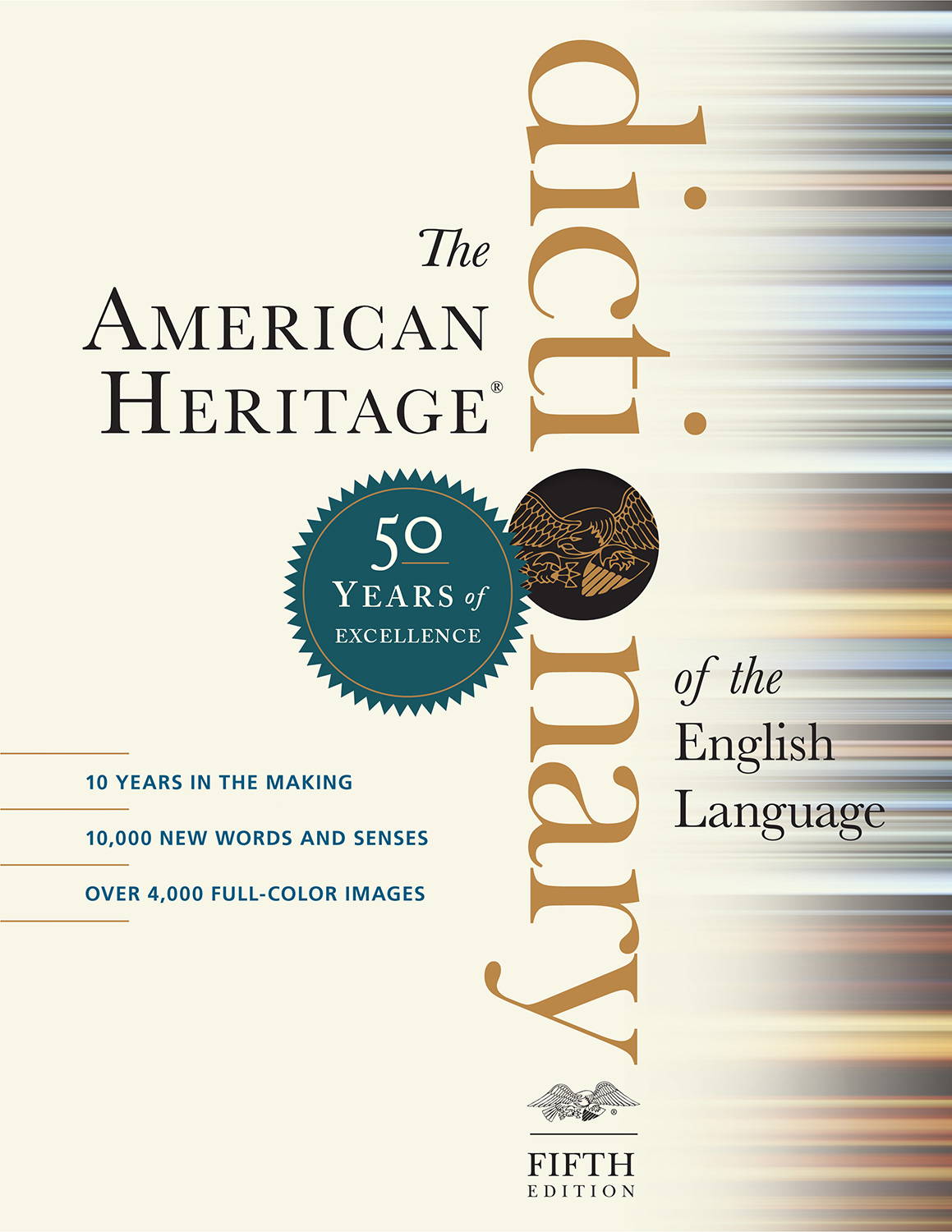v. tapped, tap·ping, taps v.tr. 1. To strike gently with a light blow or blows: I tapped you on the shoulder to get your attention. 2. To give a light rap with: tap a pencil. 3. To produce with a succession of light blows: tap out a rhythm. 4. To select, as for membership in an organization; designate. See Synonyms at appoint. 5. a. To repair (shoe heels or toes) by applying a thin layer of leather or a substitute material. b. To attach metal plates to (shoe toes or heels). v.intr. 1. To deliver a gentle, light blow or blows. 2. To walk making light clicks. 3. To tap-dance. n. 1. a. A gentle blow. b. The sound made by such a blow. 2. a. A thin layer of leather or a substitute applied to a worn-down shoe heel or toe. b. A metal plate attached to the toe or heel of a shoe, as for tap-dancing. c. Tap dance. [Middle English tappen, from Old French taper, of imitative origin.] |
The American Heritage® Dictionary of the English Language, Fifth Edition copyright ©2022 by HarperCollins Publishers. All rights reserved.
The American Heritage® Dictionary of the English Language, Fifth Edition copyright ©2022 by HarperCollins Publishers. All rights reserved.







